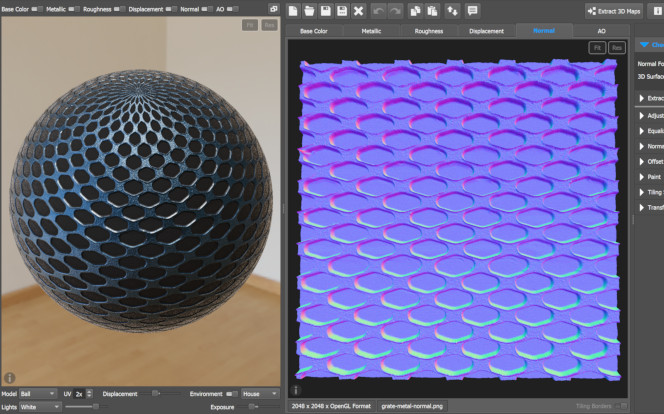
#PIXPLANT SNOW DOWNLOAD#
Download the fully-featured demo and see what PixPlant can do for you! PixPlant is being used by well-known companies in many contexts where seamless 3D maps are important, like architectural and interior design, visual effects, 3D virtual prototyping and game development. 3D map changes are instantly rendered in a 3D Preview with displacement and parallax-mapping, supporting your custom 3D models. PixPlant includes tools for whole-surface editing at fine and coarse level, as well as pixel-level tools for specific precise adjustments. Displacement, Normal, Diffuse, Specular and Ambient Occlusion maps - all the extracted 3D maps can then be fine-tuned with the included editing tools.Įdit Displacement, Normal, Diffuse, Specular and AO maps at multiple scales. PixPlant includes tools to extract 3D maps from photos or from its own generated seamless tiling images. Based on photos, PixPlant adds unlimited choice of realistic materials for your projects: pick an interesting photo, run PixPlant and get a perfect seamless 3D texture.

It is highly automated with most textures created in only a few clicks. The other thing I've been trying to practice is more is using blurring layers with increasing/decreasing opacities each successive layer or "high pass filters" to get more depth on my height maps before running the normal map filter.PixPlant quickly creates seamless textures from photos. I have a lot to learn but I really think this process got me better results than just using stand alones. I use the plugin for GIMP and usually do a mix of using levels and hand painting grayscale layers to try to get normal working good.
#PIXPLANT SNOW HOW TO#
I've used several stand alone normal map programs that all work great but the settings are robust and it takes a while to really learn how to use them on some of the programs which I haven't had time to dedicate to. I've tried a lot of methods at making normal maps and I think for whatever reason making the height maps from each layer by using color adjustments and adding in details by hand is the best quality I've seen so far. Nice find - this is the article that made me start trying to do more height map generation and painting them by hand with varying adjustments. This way you can really get rid of the noise in the middle areas that you don't plan to raise up.

Then what I did after that was copy and paste the parts that I really wanted to show up on the normal by selecting an area, hitting copy and paste so it pastes right in that same spot on a new layer.

What you can do is in photoshop or gimp, is copy one of the color channels, red/green/blue which ever looks the best for a normal height template and then do an image adjustments and alter the levels to get more solid colors and reduce the noise a lot by making the parts more black/white/grey by washing out the white parts and darkening in the black parts. I also found some information that might help you to create a quicker normal height map than making it all by hand. This site explains more about how to get rid of the noise by making a normal height template first and then running that through the normal creating application you use or filter in gimp / photoshop. Problem is that you get a lot of image noise when doing this. Before I used to just run my main diffuse through a program called pix plant and make the normal map as best I could and then cut and pasting different normals saves at different settings and piecing it together to look good. It has some good info that will give you more insight on how normal maps are made. I just found this site today after searching for a better way to do normal maps.


 0 kommentar(er)
0 kommentar(er)
